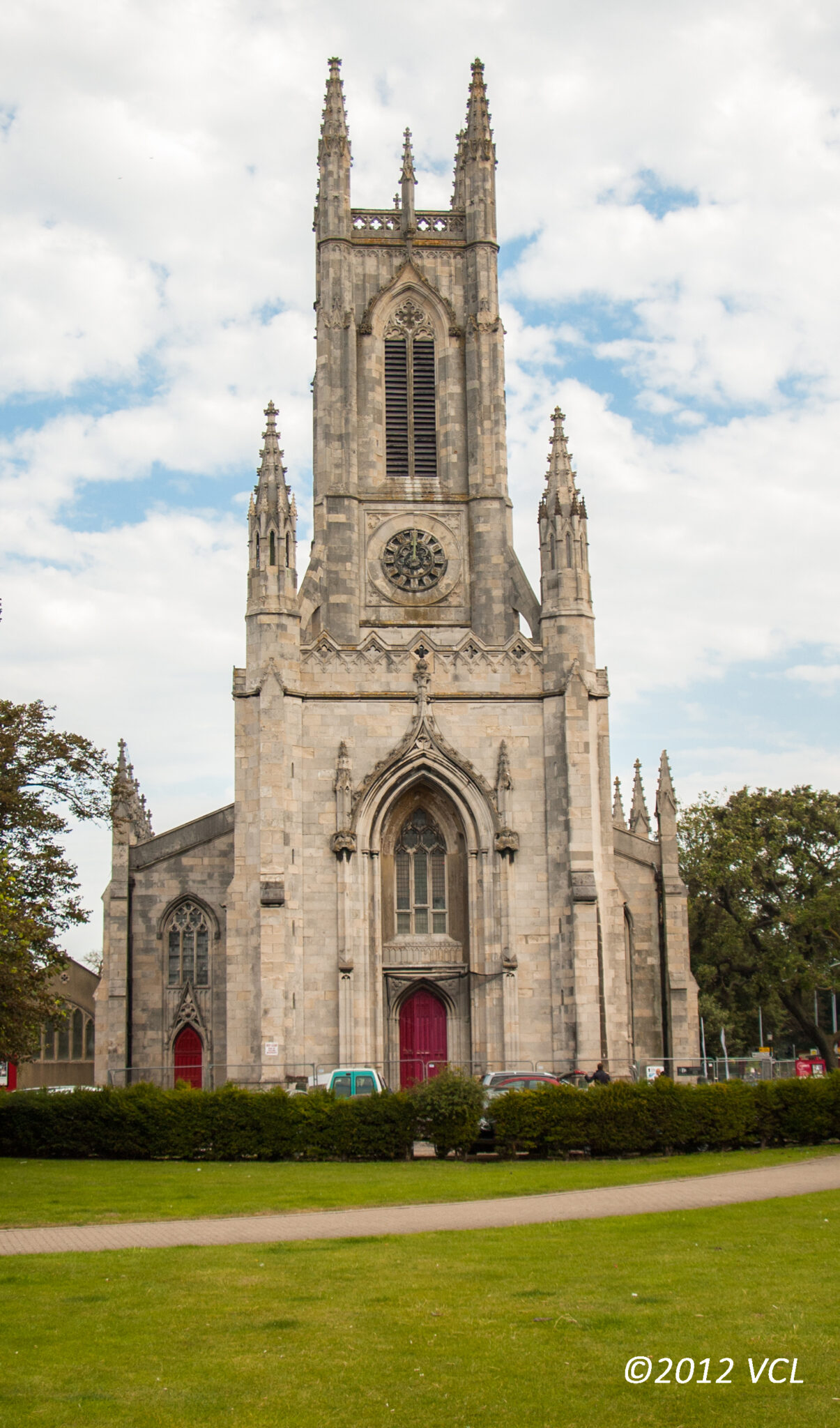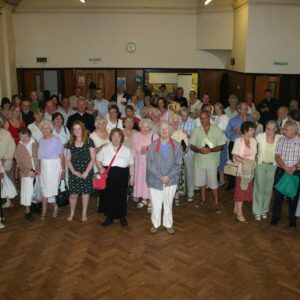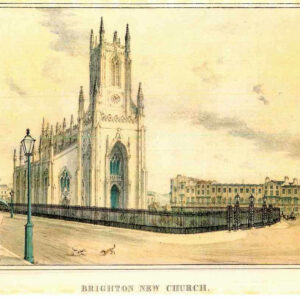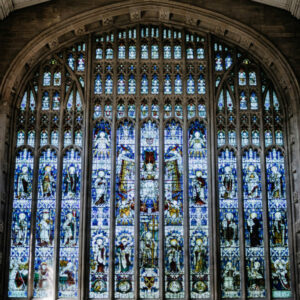Building for the Future
By Stuart Christie
My role at St Peter’s is to manage the ongoing maintenance of the building, to preserve its history through correct building practices, whether it be conservation, restoration or improvements.
The church is an amazing building. It’s the third biggest landmark, without doubt, in the city center. And everyone knows it, although they may not have been inside it. I’m fascinated by the history of this place. You can’t manage a building until you know where it’s been and how its evolved. That’s the only way to be proactively restorative, rather than reactive.
Brighton was a sleepy fishing town when the church was finished in 1824, so you can imagine what it was like when this enormous Neo Gothic structure appeared. It would have been the tallest building in Brighton. It faces north-south, rather than east-west, because that was the plot of land that was offered. It sits in a valley and above an underground river far below.
The architect Charles Barry was young, only 27, when he designed this building, and he was keen to impress with new ideas. The building is very slender, which was very modern for its time, a bit like the choice to use glass and steel today. If you look at other cathedrals and buildings of this size and age, the walls and pillars are twice as thick.
Barry used new techniques, and some of them haven’t worked. The building has its foibles. Two hundred years later, we’re having to address them. Rainfall, proximity to traffic, pollution, and vandalism have also damaged the fabric of the building. The climate is weathering the stonework, which has lost detailing in places. We’re trying to slow that down.
Finding skilled craftsman to undertake repairs is a challenge. There aren’t that many of them around so there’s always a delay in getting work done. Work is expensive and materials are hard to get hold of and often can only be used in certain weather conditions. The process of conservation is always a lot slower than building.
There are a lot of hard-to-access places in this building. When it was designed, reaching them wasn’t a consideration. And some areas have never been finished, for instance behind where the pipe organ used to be is still brick. There has always been building work going on in the church. And finding funds for it has always been a task.
Back in the day, there was no concept of health and safety, and a lot of the repair work was done at the top of a ladder. Obviously, that isn’t the case today and things have to be done the right way, with scaffolding etc. And that takes time.
Areas of the tower are very, very tricky to get to. Different parts of it need repair. The pinnacles for instance have dropped because the tower is built of large blocks of stone on the outside and much smaller bricks on the inside, and the joints between the brickwork and joints between the stones have degraded at different levels. That wasn’t foreseen when the building was designed.
The scaffold around the tower has been up so long now it’s pretty much got its own listed status! Right now we’re focusing on the urgent, looking at what’s going to last 50 years. The challenge with caring for this building is always going to be where we target our money, because it requires a lot of it. Where do we spend? It might not always be on repairs that people can see. When we’re fundraising, there are often problems behind the scenes that need attention, but from the outside, it looks very different.
My job is a tricky balance between managing the old and making the building fit for purpose today. It’s important that the outside reflects what goes on inside, that it looks cared for, alive, neat and tidy, all the while meeting the needs of the people who use it every day. The way we love this building is a demonstration of how we love others as well. Sharing this place and letting other people get involved on this journey of looking after it is sharing our faith, as well as our time, treasures and talents.
When I drive down the hill every day to work and see the church, it makes me happy to know that as a custodian for this season, I’m doing my best to ensure it is preserved for another 200 years. People still come here for the same reasons they came 200 years ago. The church might look a bit different, but the need is the same.











‘I’m fascinated by the history of this place. You can't manage a building until you know where it's been and how its evolved. That’s the only way to be proactively restorative, rather than reactive.’
Building for the future